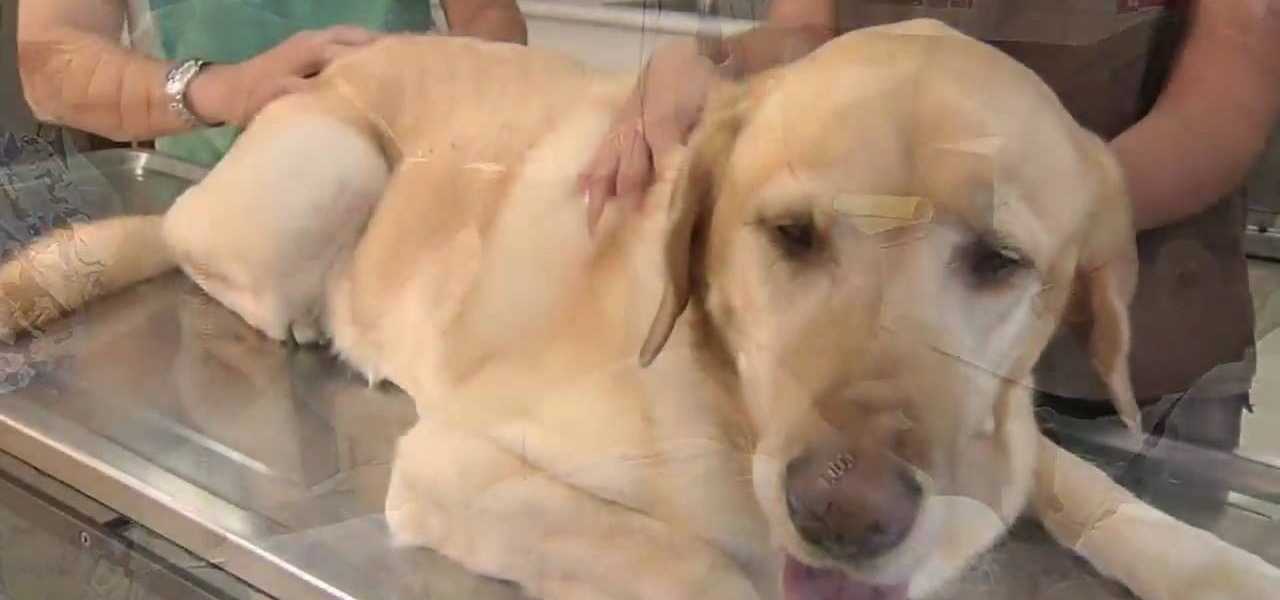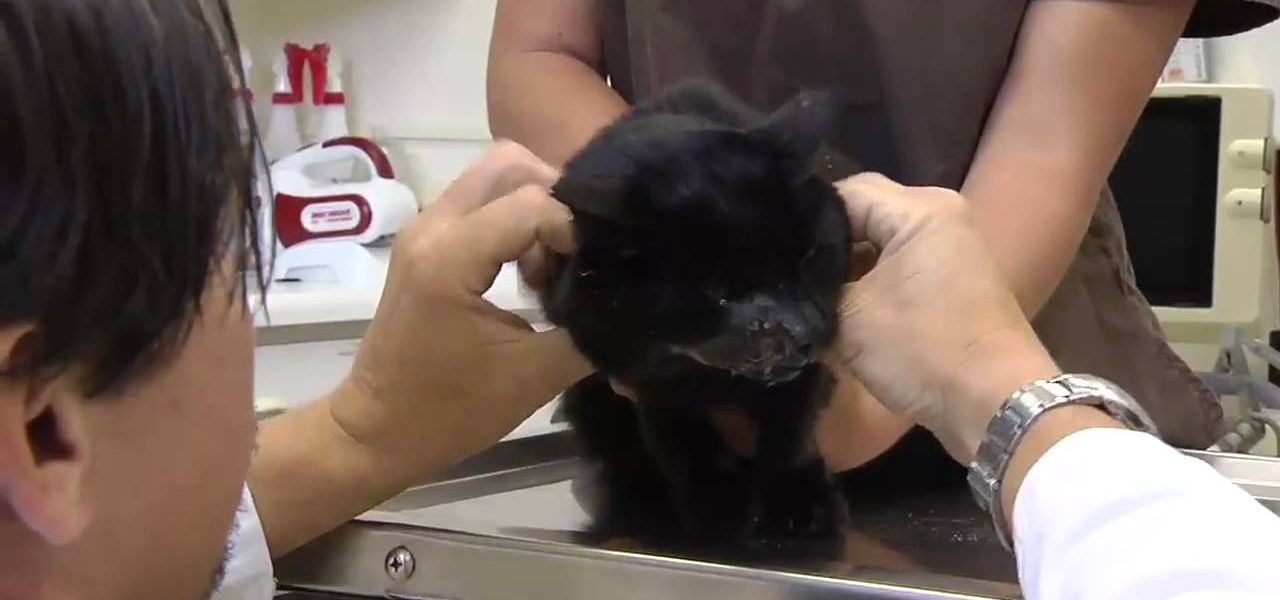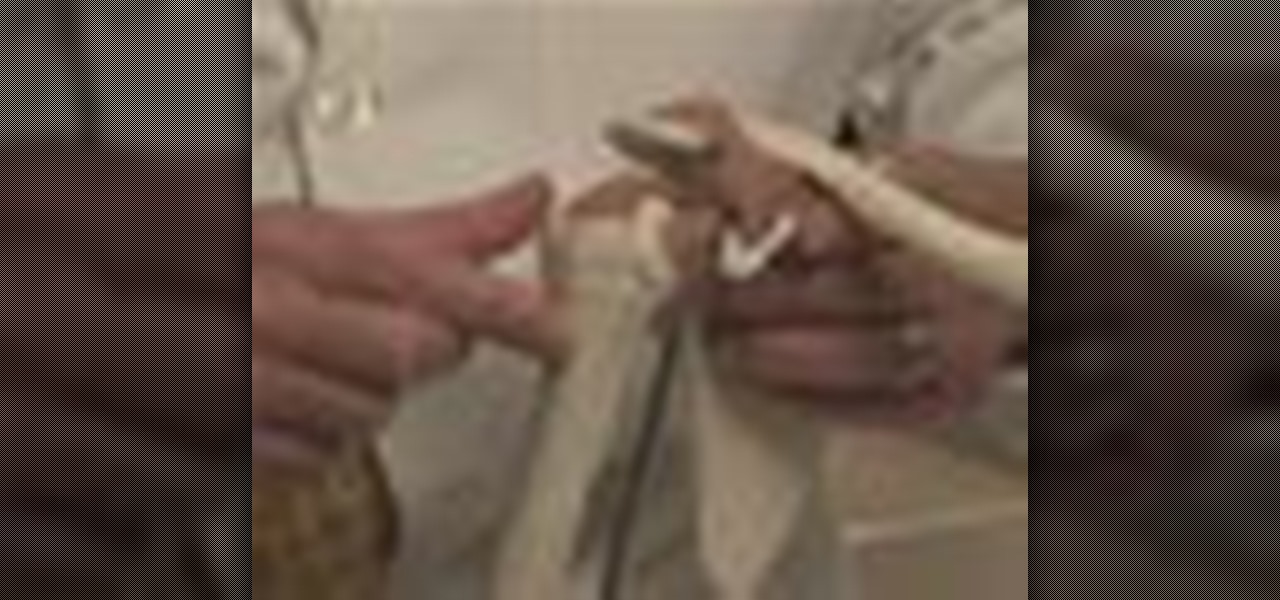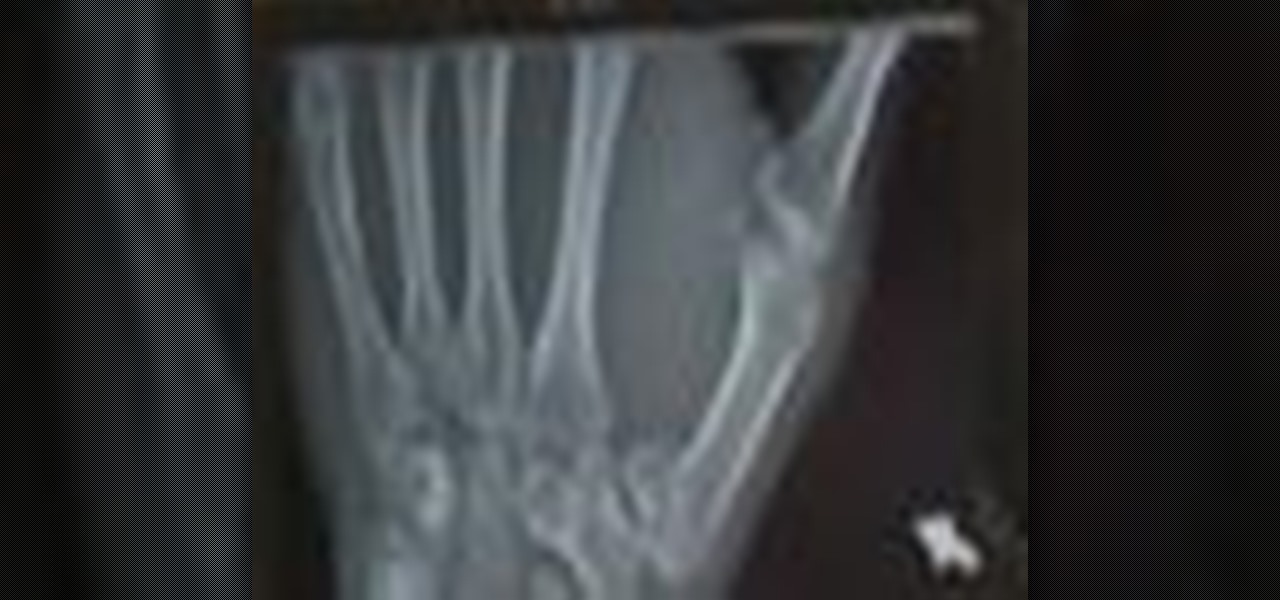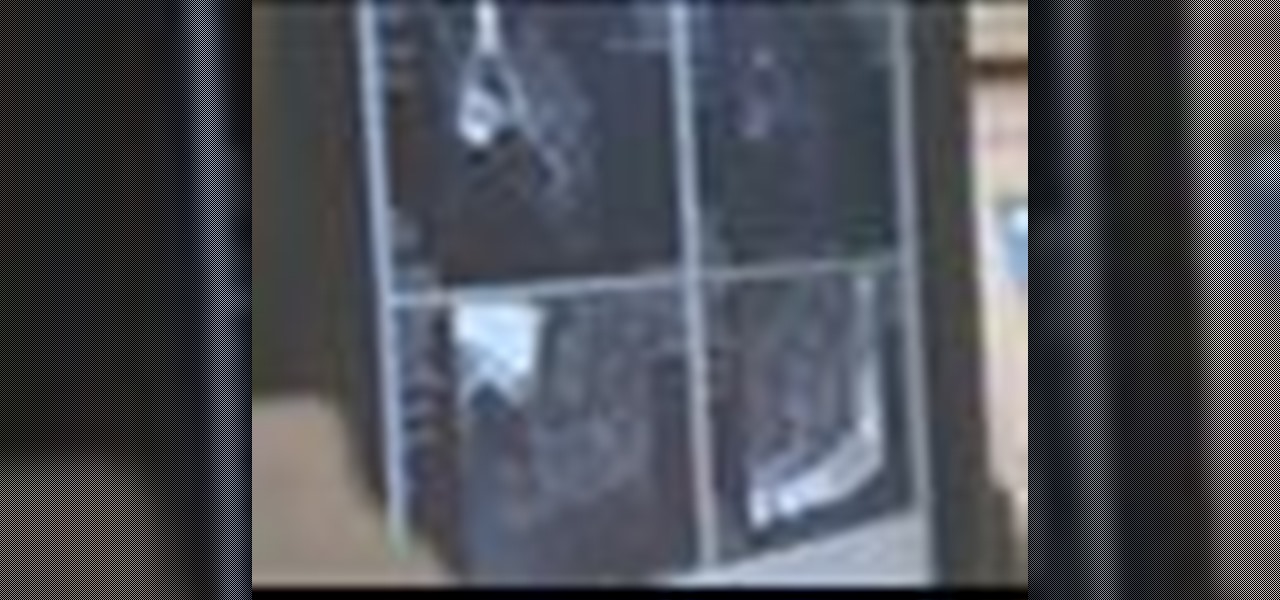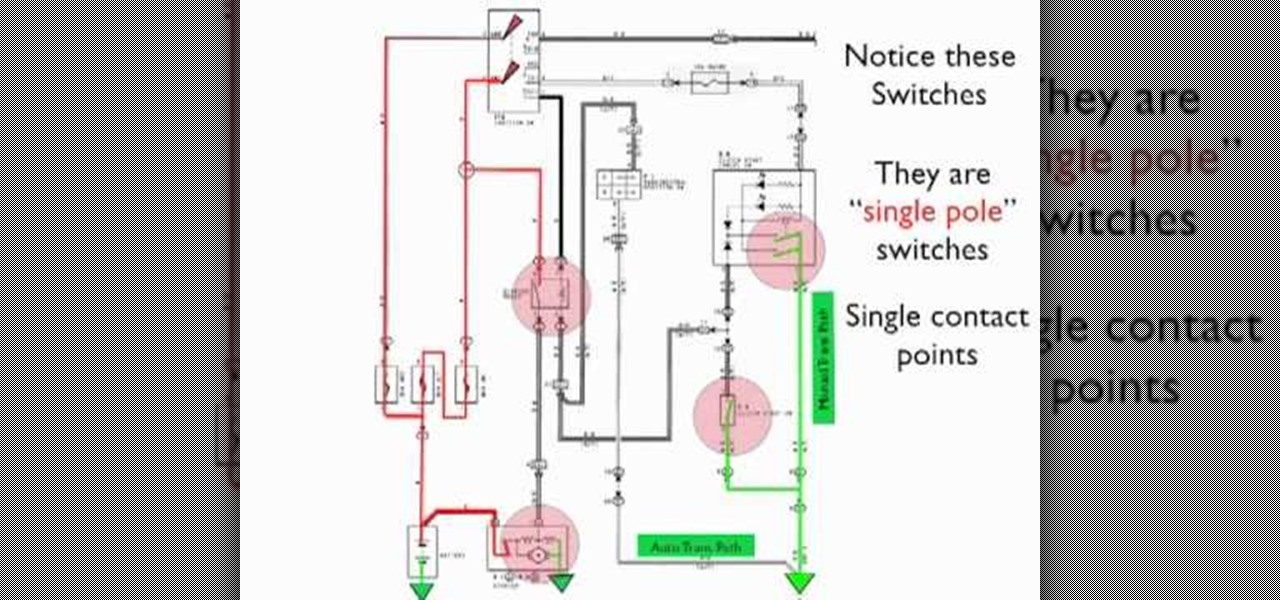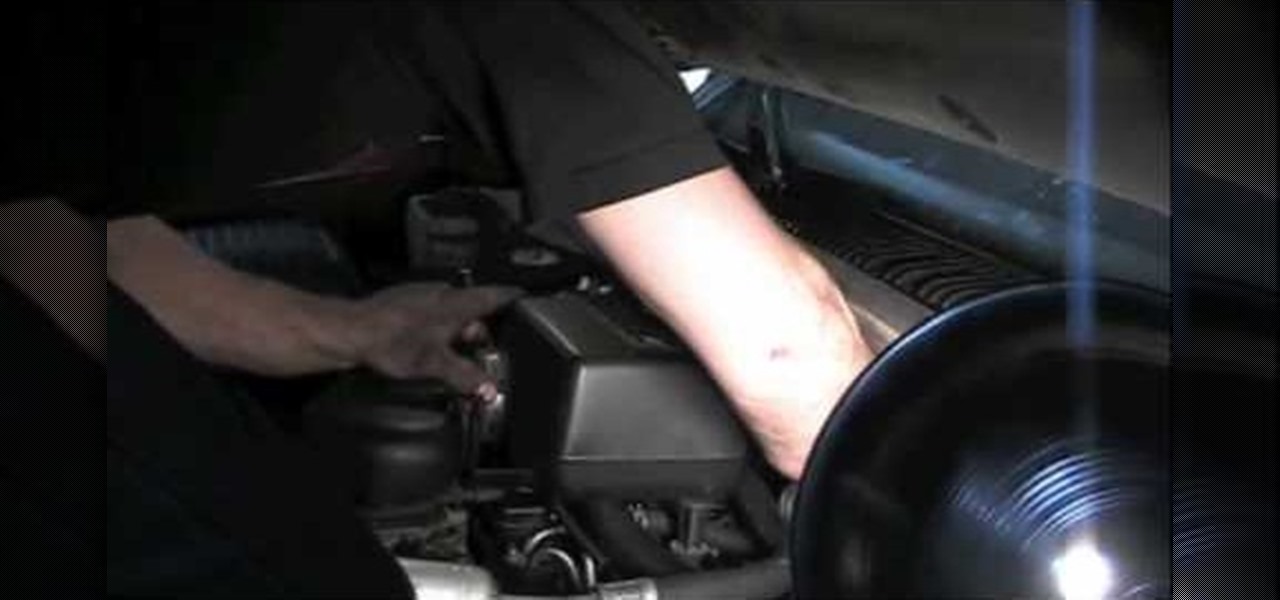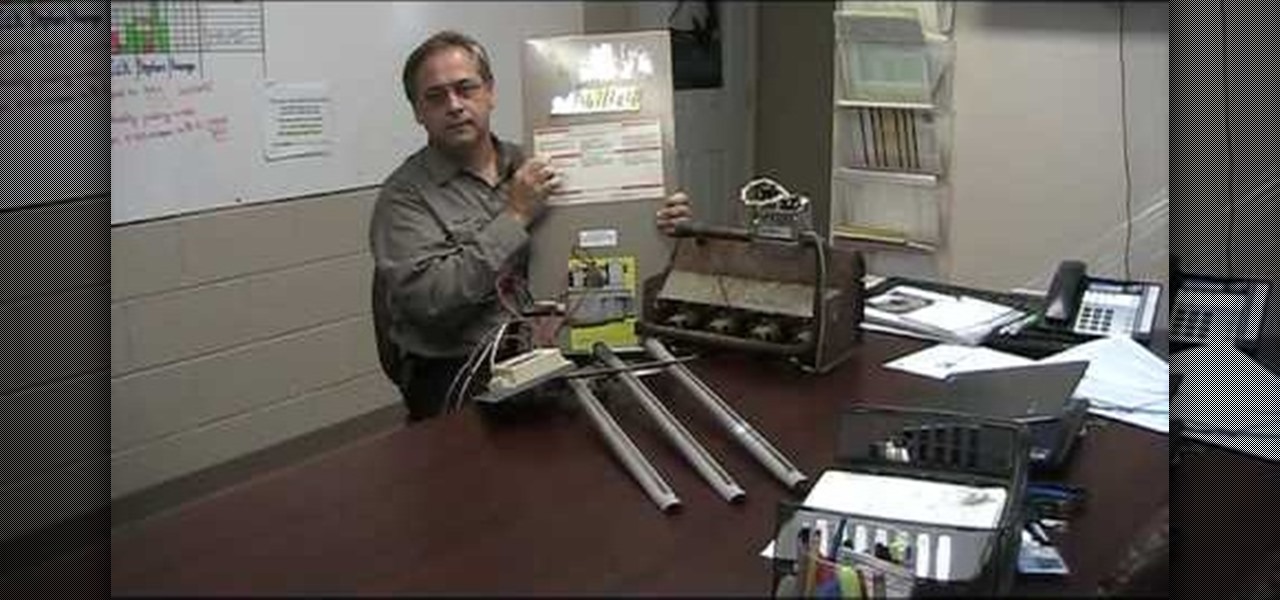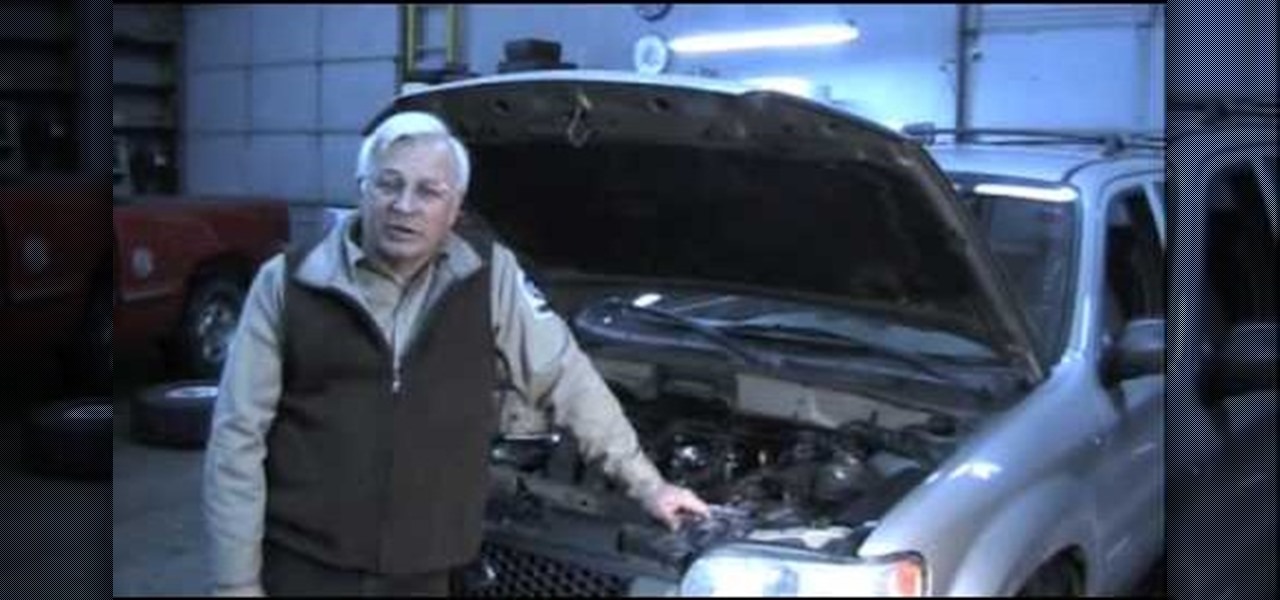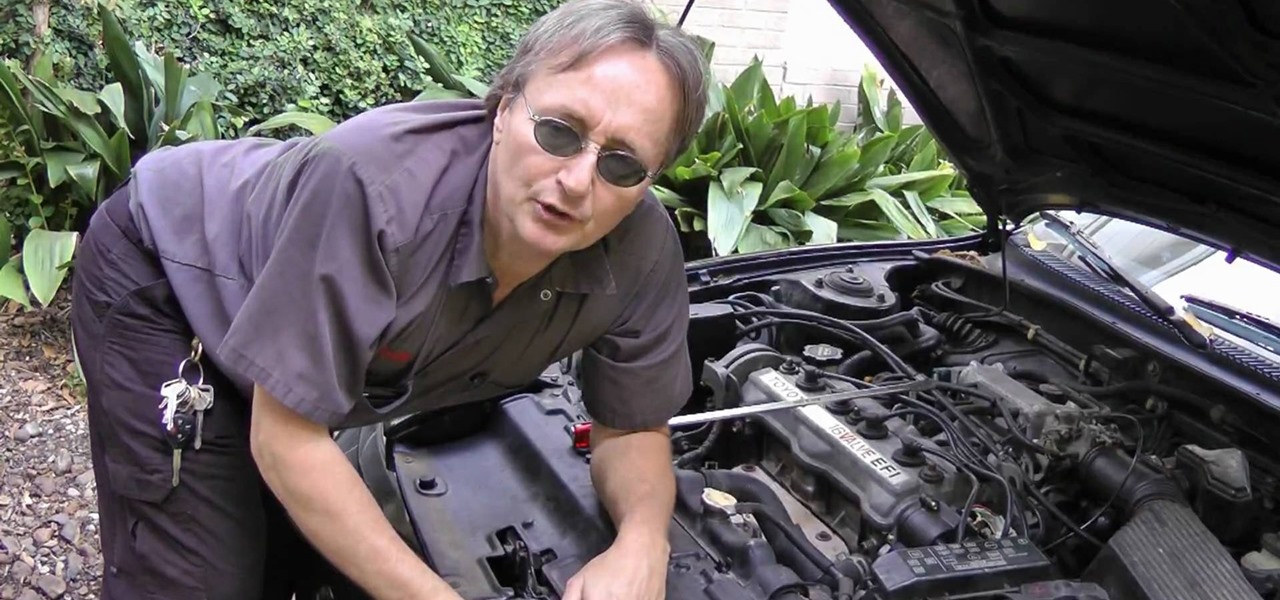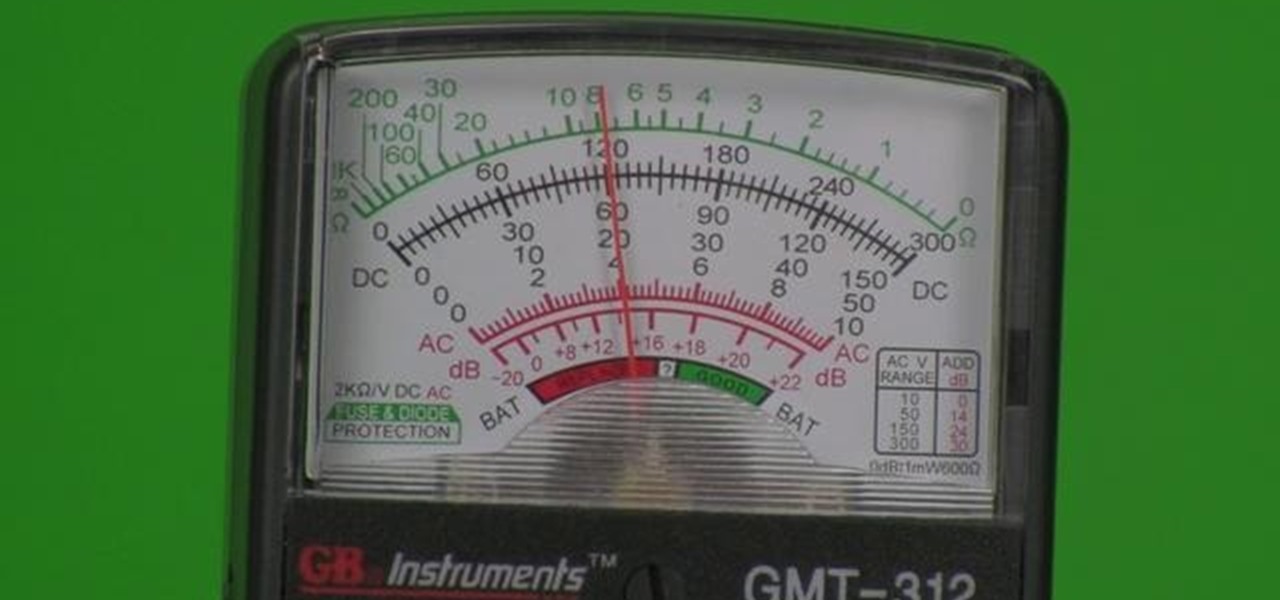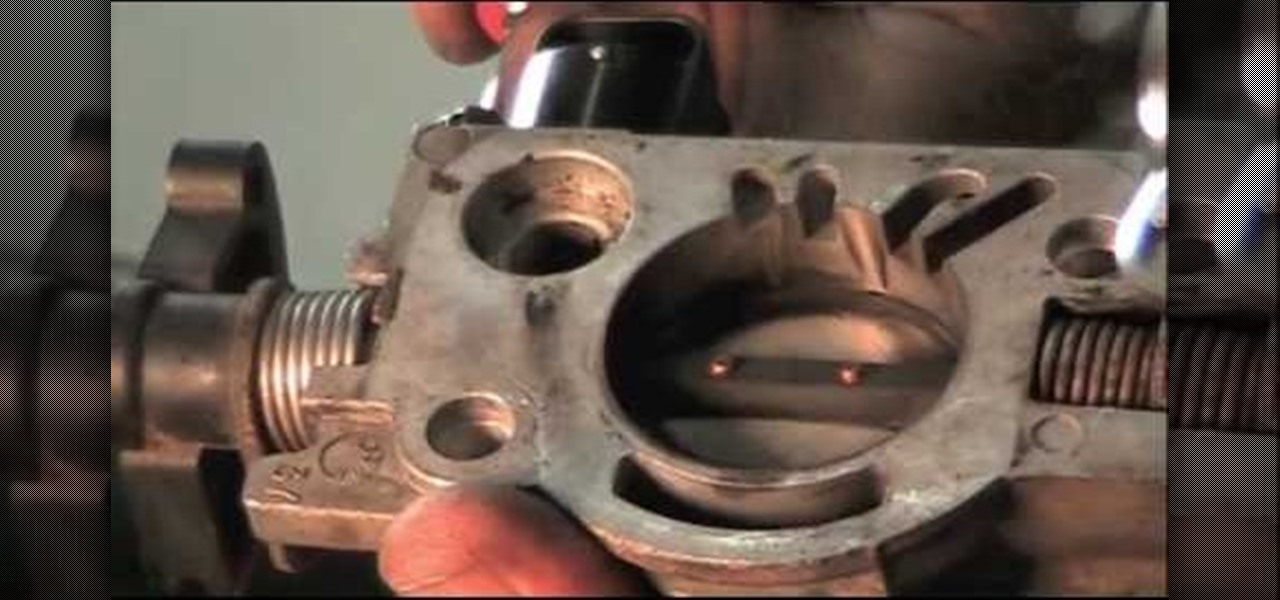
Doug Jenkins tells you what signs to look for if you think you might have a cracked head. Does the antifreeze level go down too fast? Notice anything unusual about the oil color or hose pressure? Check all of the warning signs first, because actually getting to the cylinder head is a very complicated process, which involves removing everything from the v-belt and ac compressor to the intake manifold and headers.

Sleep disorders affect people throughout the world. In some cases they can become hazardous or extremely harmful if not treated properly. Learn more about sleep disorders and how to treat them from our medical expert in this free video series.

A blown head gasket is a very serious problem, in fact, if you have one, your car probably isn't running. But, just because your car isn't running, doesn't mean you've blown the head gasket. In this video series, you'll learn how to find, check, and replace or repair a leaking or blown head gasket. And PLEASE REMEMBER every car is different so buy and check your cars repair manual before starting.

In this clip, you'll learn how to use UBCD to test and diagnose hard disk drives on a MS Windows PC. It's easy! So easy, in fact, that this home-computing how-to from the folks at Britec can present a complete overview of the process in just over five minutes. For more information, including step-by-step instructions, take a look.
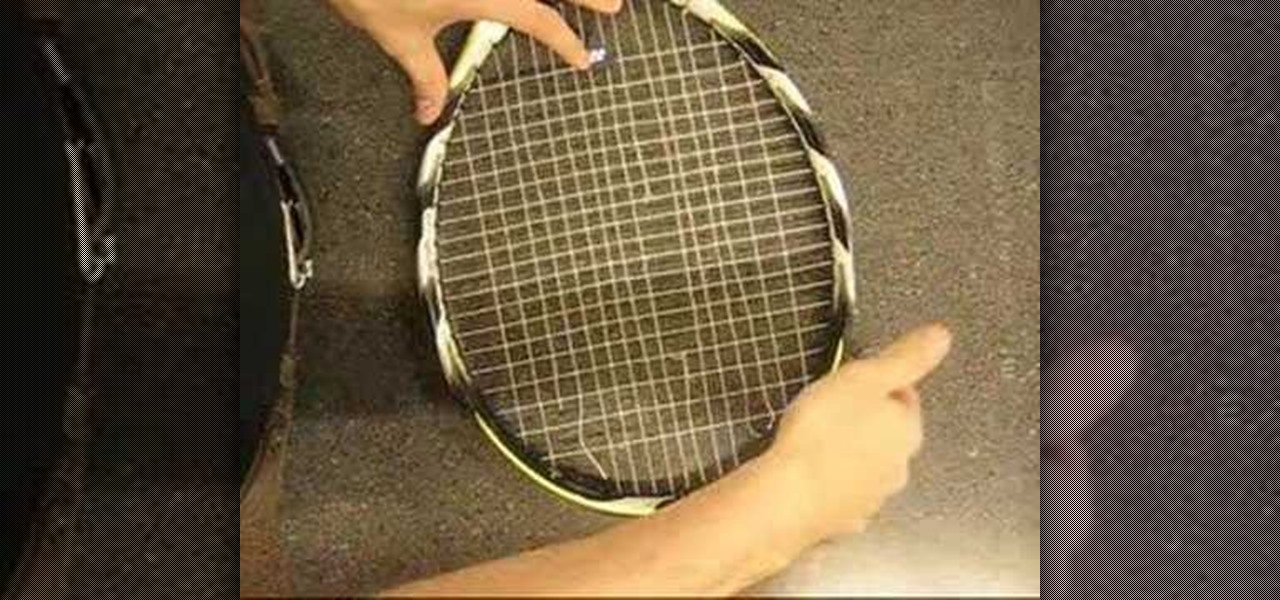
Take a look at this instructional video and learn how to diagnose a broken string on your or someone else's tennis racket. These are merely the most likely reasons the tennis string has broken the way that it does.

At any given time, about 10% of the UK population have warts, which costs the NHS a staggering £40m a year in treatment. In this exclusive guide, Dr McKenna discusses the various types of wart – from the common wart to the genital wart – and advises on both preventative measures and treatment options available, to ensure that these little blighters will blight you no more. This video tutorial shows how to diagnose and treat warts.

Learn how to care for your pet with help from VetVid. See how to diagnose and treat atopy in dogs with this video tutorial.

Learn how to care for your pet with help from VetVid. See how to test, diagnose and treat oral squamous cell carcinoma in cats.

Learn how to care for your pet with help from VetVid. See how to diagnose and treat hip dysplasia in dogs.

Frozen shoulder is a common problem that men and women get between ages of 40 to 60. It is also known as adhesive capsulitis. A frozen shoulder is when the shoulder joint is clamped down. Learn how to diagnose and treat a frozen shoulder in this medical how-to video.

The hamstring is a large muscle in the back of the thigh. A hamstring injury is a partial tear of the muscle. Learn how to diagnose and treat a hamstring injury in this medical how to video.

If you spend a lot of time with your feet crammed into sweaty trainers, then you might be familiar with Athlete’s Foot. In this exclusive guide, Dr Harper discusses the symptoms of this common fungal infection of the skin on the feet, and how it is spread. She also advises on the quick and effective over-the-counter treatments available, and offers practical tips to ensure that your feet don’t mature into something that would feel more at home on a cheese board! Watch this video tutorial and ...

When we think of the flu, we think of sick people, but the little guys always get looked over… dogs. Learn how to care for your pet with help from VetVid. See how to diagnose and treat canine influenza (CIV) in dogs with this video tutorial.

Children from all culture and socioeconomic backgrounds are susceptible to lice infestation. In this instructional video, Better TV sorts out the misconceptions about head lice and how to get rid of it.

If you're working on a LLV postal truck, this video will show you how to determine if you've got a bad fuel pump or not. It's a quick diagnosis trick to determining if there's an electrical problem with the fuel pump, and first you need to take out the ECMB fuse, plug a jumper wire where it was, use a multimeter and labscope to see what's going on. The United States Postal Service (USPS) uses these trucks for all their postal deliveries, and if you're the mechanic working on it, this and the ...

If you have bipolar disorder, treatment is vital to help you live a happy, healthy life. Luckily, manic depression and the mood swings that characterize this mental illness can be lessened with psychiatric help and medication.

GAD, or generalized anxiety disorder, is a panic disorder that can create intense stress on a day-to-day basis. In this mental health video, we'll look at understanding and living with this mental illness.

Septic shock is a serious and often life threatening emergency medical condition in which the blood pressure is extremely low. Insufficient blood therefore reaches the body tissues and this means that not enough oxygen and nutrients are delivered to the body. Medical shock is a serious circulatory condition not to be confused with emotional shock or surprise. Learn more about shock and the symptoms in this medical how-to video.

Learn how to care for your pet with help from VetVid. See how to diagnose and treat mast cell tumors in dogs.

Learn how to care for your pet with help from VetVid. See how to diagnose and treat corneal ulcers in dogs and cats.

Watch for water dripping out of a tube in a place that it's never dripped before. There could be a reason for this. It's called the backup condensation line. This is your alert to unclog the primary drip line.

Bennett's fracture takes place at the base of the thumb. It typically occurs when an individual falls on an outstretch hand. The force is directed this way; the fracture occurs here. Learn how to diagnose and treat a Bennett's fracture in this medical how-to video.

A dislocated shoulder involves movement of the ball of the humerus away from the ball and socket joint. Ninety-five percent of the time, it will come out anteriorly when an individual's arm is forcefully pushed backwards and rotated in such a way that the ligaments in the front of their shoulder tear and the ball will pop out the front of the shoulder. This is a very common injury seen in contact sports. Learn how to diagnose and treat a dislocated shoulder in this medical how-to video.

Another name for jumper's knee is patellar tendinitis. Jumper's knee is an injury that affects the tendon connecting your kneecap (patella) to your shinbone. The patellar tendon plays a pivotal role in the way you use your legs. It helps your muscles extend your lower leg so that you can kick a ball, push the pedals on your bicycle, and jump up in the air. Learn about the different causes of, symptoms of, and treatments for jumper's knee in this video.

Dave shows you how to diagnose common plant diseases, specifically the Rhododendron.

Carnivores, like dogs and cats are relatively resistant to tetanus compared to other species like horses, guinea pigs and humans. However they can occasionally be affected and it can then be a dramatic disease if not identified quickly by your veterinarian. This video describes the symptoms and outlines the treatment of that condition. Diagnose tetanus in dogs.

Another example of outstanding resourcefulness and ingenuity in the medical community (see earlier this week: Blood Sucking Plunger Could Heal Millions).

40 million Americans suffer from sciatica pains,but the condition is often not diagnosed correctly. A new imaging technique uses a specially tuned MRI scan to image nerves and highlight them deep inside tissues. Called Magnetic Resonance Neurography,the new technique promises to diagnose conditions such as sciatica-in which a compressed nerve in the buttock causes persistent lower-back and leg pai Diagnose sciatica.

Most won't know what the acronym HEENT stand for, but if you're a medical student, doctor or nurse, you know that it stand for head, ears, eyes, nose and throat. To perform a HEENT examination properly, you must know all the steps and techniques to diagnose your patient. This video lesson will outline the examination procedure, from start to finish, and shows you general palpation techniques and examining the temporomandibular joint, superficial lymph nodes, thyroid gland, eyes, ears, nose, m...

Being able to read an electrical diagram will greatly aide your ability to correctly diagnose car problems. If you need some help with it, watch this video for a detailed explanation of how to read an example map for the clutch start switch on a Toyota.

If you've done major work on your engine recently, you may find yourself with error code P1345, which means your timing is off. In this video you'll learn how to use a lab scope to both diagnose and fix a distributor timing problem.

The radiator cooling fans on your car are vital to keeping the car cool enough to run and pretty simple to work with. In this video you'll learn how to diagnose problems with and fix the radiator cooling fans in most modern cars. Problems include the fan motor, the fuse, and the control switch

The continuity test is one of the least well-known but useful functions on a multi-meter. It allow you to determine whether a fuse works by touching the contacts to it, which allows you to diagnose all sorts of electrical problems. This video will show you how continuity tests work and give you some examples of using them to find problems in household devices like a lawnmower.

Do you have an old furnace that just won't stay lit? Are you constantly relighting your pilot light? Then this tutorial is here to help you. In this three part video series, learn how to diagnose the problem with your appliance and either fix it or ditch it.

They are after you from all over the globe. Looking for ways to exploit you. Ways to hurt you. Not political terrorists, but rather "info terrorists." Each month thousands of websites get hacked into and have hidden links inserted into the pages by people wanting their spam sites to rank highly in the search engines.

Determining exactly what of the thousands of parts on a modern car is broken is as difficult as doing the repairs many times. IN this video you'll learn how to diagnose and fix error codes P0171 and P0174 on a 2001 Ford Escape, which indicate vacuum problems.

Does the clutch pedal in your car go all the way to the floor? You probably7 have a problem with your hydraulic clutch cylinders. This video will teach you how to diagnose the problem and then fix it yourself at home.

With a voltmeter, you can safely check the AC and DC voltage levels, measure resistance and even measure amperage or give circuit readings. What this means is that you can use this to diagnose problems that some of your household appliances might be having.

The EGR system on a car doesn't break very much, but when it does diagnosing the problem can be difficult. Watch this video to learn about your EGR system and the "ported" vacuum it operates in, and use that knowledge to diagnose problems with various cars.

Systm is the Do It Yourself show designed for the common geek who wants to quickly and easily learn how to dive into the latest and hottest tech projects. We will help you avoid pitfalls and get your project up and running fast.








